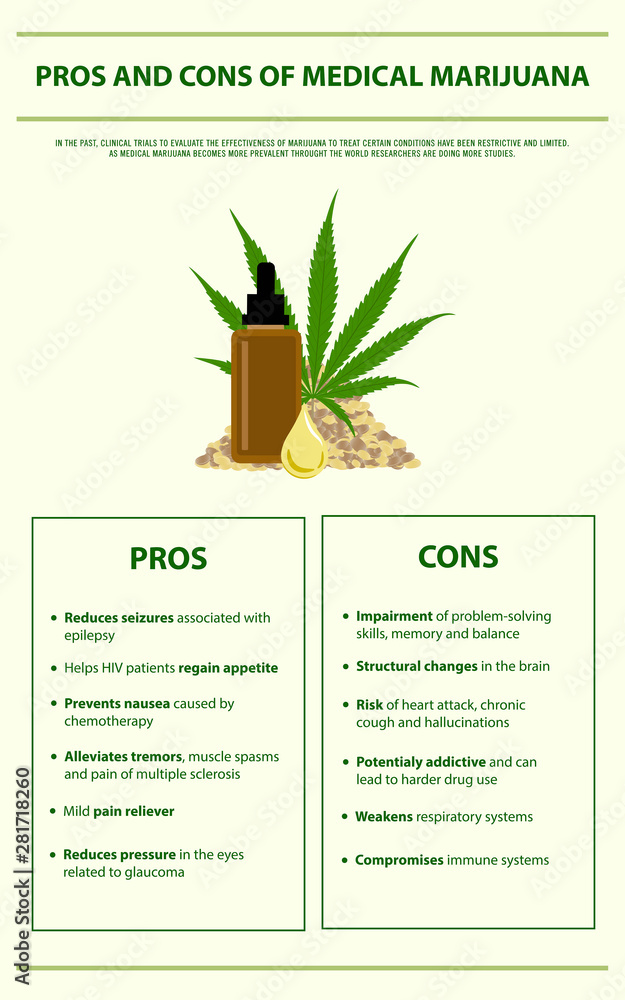WS OrderStream
Medical cannabis, also known as medical marijuana, has been a topic of intense discussion and debate in recent years. As more states across the U.S. legalize its use for medicinal purposes, it’s crucial to understand the regulations, benefits, and potential risks associated with its use. This article focuses on the state of Maryland, where medical cannabis has been legal since 2014.
The Natalie M. LaPrade Maryland Medical Cannabis Commission (MMCC) is the governing body that oversees the state’s medical cannabis program. The commission is responsible for regulating medical cannabis growth, processing, and dispensing. It also oversees patient registration, physician registration, and the issuance of identification cards for patients and caregivers.
To qualify for medical cannabis in Maryland, a patient must be diagnosed with one or more of the qualifying medical conditions. These conditions include, but are not limited to, severe or chronic pain, severe nausea, seizures, severe or fellspointcannabisdocs.com persistent muscle spasms, glaucoma, post-traumatic stress disorder (PTSD), and any other condition that is severe and for which other medical treatments have been ineffective.
Once a patient has been diagnosed with a qualifying condition, they must register with the MMCC. The registration process involves providing proof of Maryland residency, a valid email address, and the last four digits of their Social Security Number. After registration, the patient must obtain a written certification from a provider registered with the MMCC. This certification confirms the patient’s qualifying condition and recommends medical cannabis as a treatment option.
Medical cannabis in Maryland is available in various forms, including dried flower, concentrates, oil, tinctures, topical creams, patches, and edible products. However, it’s important to note that smoking cannabis is not the only method of consumption. Many patients prefer to vaporize, ingest, or apply it topically, depending on their specific medical needs and personal preferences.
The benefits of medical cannabis are numerous and varied. For many patients, it provides significant relief from chronic pain and can be an effective alternative to opioids, which carry a high risk of addiction and overdose. Medical cannabis can also alleviate symptoms of nausea and vomiting, often associated with chemotherapy, and can help stimulate appetite in patients with severe weight loss due to illnesses like HIV/AIDS or cancer. Additionally, it has shown promise in managing seizures in conditions like epilepsy and reducing anxiety and insomnia in PTSD patients.
However, like any medication, medical cannabis is not without potential risks. These can include dizziness, dry mouth, increased heart rate, and impaired short-term memory. Long-term use can lead to dependency and potential mental health issues. Therefore, it’s crucial that patients discuss these risks with their healthcare provider to make an informed decision about their treatment.
 In Maryland, the use of medical cannabis is strictly regulated. Patients and caregivers must carry their MMCC-issued ID cards at all times when in possession of medical cannabis. It’s also important to note that while medical cannabis is legal in Maryland, it remains illegal under federal law. This discrepancy can lead to complications, particularly for those who work in federal jobs or live on federal property.
In Maryland, the use of medical cannabis is strictly regulated. Patients and caregivers must carry their MMCC-issued ID cards at all times when in possession of medical cannabis. It’s also important to note that while medical cannabis is legal in Maryland, it remains illegal under federal law. This discrepancy can lead to complications, particularly for those who work in federal jobs or live on federal property.
Despite these challenges, the medical cannabis program in Maryland continues to grow. As of 2021, there are over 120,000 registered patients, and this number is expected to increase as more people become aware of the potential benefits of medical cannabis.
In conclusion, medical cannabis in Maryland offers a promising alternative treatment for patients with certain qualifying conditions. However, it’s essential for patients and caregivers to understand the regulations surrounding its use and to discuss potential benefits and risks with a healthcare provider. As research continues and our understanding of medical cannabis deepens, it’s likely that its role in healthcare will continue to evolve.